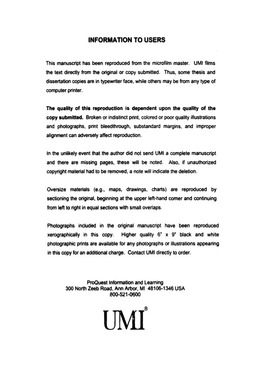| dc.contributor.advisor | Parthasarathy, Ramkumar, | en_US |
| dc.contributor.author | Lawson, Anthony Layiwola. | en_US |
| dc.date.accessioned | 2013-08-16T12:18:22Z | |
| dc.date.available | 2013-08-16T12:18:22Z | |
| dc.date.issued | 2001 | en_US |
| dc.identifier.uri | https://hdl.handle.net/11244/358 | |
| dc.description.abstract | The objective of this study was to determine the effects of buoyancy on the absolute instability of low-density gas jets injected into high-density gas mediums. Most of the existing analyses of low-density gas jets injected into a high-density ambient have been carried out neglecting effects of gravity. In order to investigate the influence of gravity on the near-injector development of the flow, a linear temporal stability analysis and a spatio-temporal stability analysis of a low-density round jet injected into a high-density ambient gas were performed. The flow was assumed to be isothermal and locally parallel; viscous and diffusive effects were ignored. The variables were represented as the sum of the mean value and a normal-mode small disturbance. An ordinary differential equation governing the amplitude of the pressure disturbance was derived. The velocity and density profiles in the shear layer, and the Froude number (signifying the effects of gravity) were the three important parameters in this equation. Together with the boundary conditions, an eigenvalue problem was formulated. Assuming that the velocity and density profiles in the shear layer to be represented by hyperbolic tangent functions, the eigenvalue problem was solved for various values of Froude number. The temporal growth rates and the phase velocity of the disturbances were obtained. It was found that the presence of variable density within the shear layer resulted in an increase in the temporal amplification rate of the disturbances and an increase in the range of unstable frequencies, accompanied by a reduction in the phase velocities of the disturbances. Also, the temporal growth rates of the disturbances were increased as the Froude number was reduced (i.e. gravitational effects increased), indicating the destabilizing role played by gravity. The spatio-temporal stability analysis was performed to determine the nature of the absolute instability of the jet. The roles of the density ratio, Froude number, Schmidt number, and the lateral shift between the density and velocity profiles on the jet's absolute instability were determined. Comparisons of the results with previous experimental studies show good agreement when the effects of these variables are combined together. Thus, the combination of these variables determines how absolutely unstable the jet will be. Experiments were carried out to observe the qualitative differences between a round low-density gas jet injected into a high-density gas (helium jet injected into air) and a round constant density jet (air jet injected into air). Flow visualizations and velocity measurements in the near-injector region of the helium jet show more mixing and spreading of the helium jet than the air jet. The vortex structures develop and contribute to the jet spreading causing the helium jet to oscillate. | en_US |
| dc.format.extent | xlviii, 474 leaves : | en_US |
| dc.subject | Gases. | en_US |
| dc.subject | Jets. | en_US |
| dc.subject | Engineering, Mechanical. | en_US |
| dc.subject | Eigenvalues. | en_US |
| dc.subject | Gas flow. | en_US |
| dc.title | Instability analysis of a low-density gas jet injected into a high-density gas. | en_US |
| dc.type | Thesis | en_US |
| dc.thesis.degree | Ph.D. | en_US |
| dc.thesis.degreeDiscipline | School of Aerospace and Mechanical Engineering | en_US |
| dc.note | Major Professor: Ramkumar Parthasarathy. | en_US |
| dc.note | Source: Dissertation Abstracts International, Volume: 62-07, Section: B, page: 3351. | en_US |
| ou.identifier | (UMI)AAI3022971 | en_US |
| ou.group | College of Engineering::School of Aerospace and Mechanical Engineering | |
